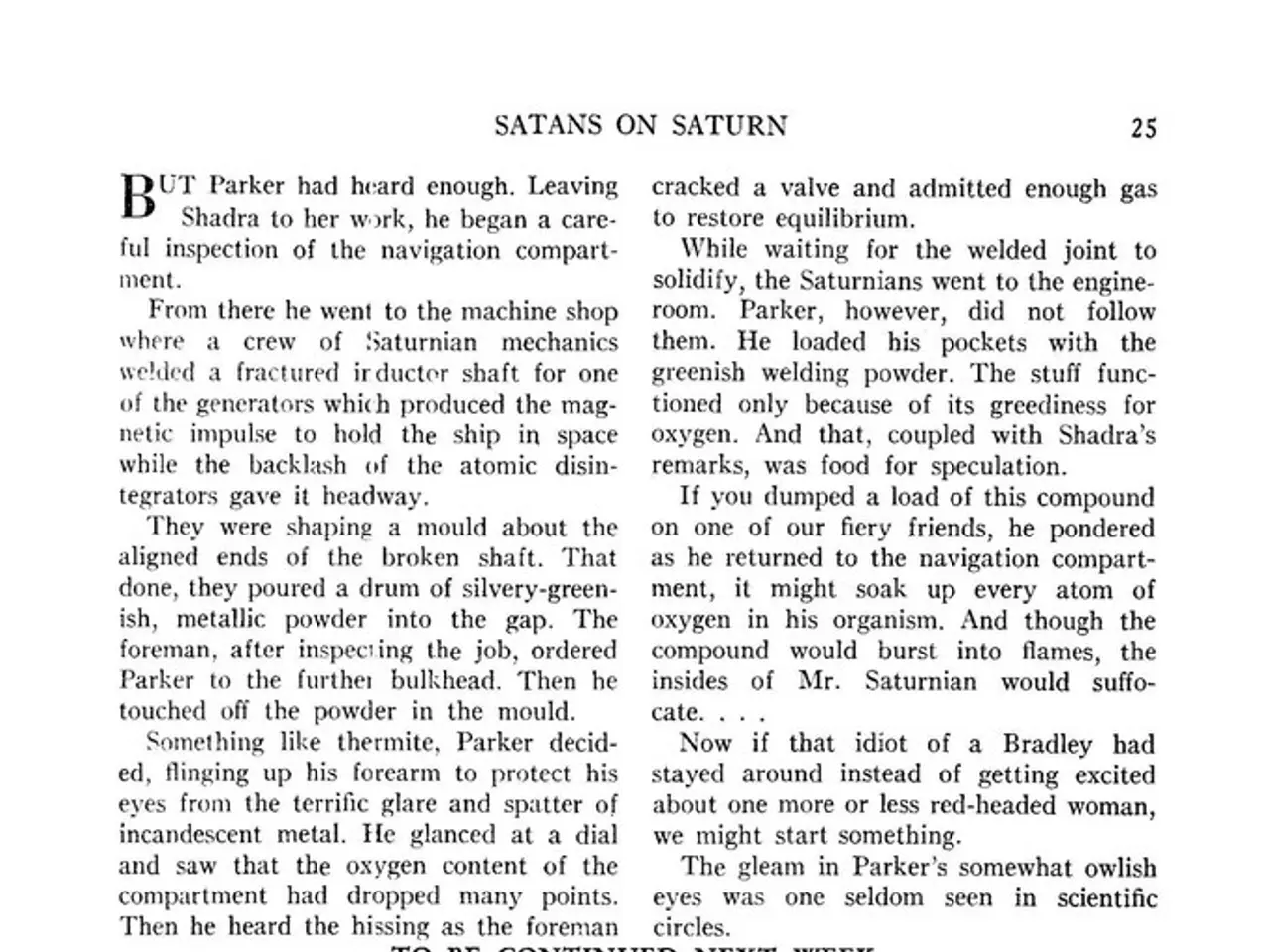Urban Foxes Thrive in Berlin Cityscape Instead of Forests
In the heart of Germany, the city of Berlin has become a surprising haven for one of nature's most elusive creatures – the fox. Since the 1990s, these urban dwellers have made Berlin their home, carving out territories in the concrete jungle.
These territories, however, are not confined to the lush greenery of parks and forests. Foxes in Berlin prefer undisturbed corners, such as wastelands, and surprisingly, their living spaces don't have to be particularly green. The city limit, though, serves as a barrier for these foxes, as they are generally reluctant to leave the city boundaries.
The foxes of Berlin are known for their adaptability. Their territories can vary greatly in size, from small cemeteries to expansive residential areas spanning up to four square kilometers. Interestingly, urban fox territories often remain in family hands, with daughters staying to help raise the next generation.
Young male foxes, driven out of their territory by their mothers, must find a new territory and start their own family. This wandering phase makes them more vulnerable to city dangers, such as getting killed in traffic.
The coexistence between humans and foxes is generally uneventful, but there is a persistent concern about the fear of rabies. However, the Berlin foxes are much more relaxed in human contact compared to their counterparts in Brandenburg. They appreciate fenced-off areas that keep humans away, like small gardens, and are less likely to flee at the sight of humans.
Despite the close proximity of fox families in the city, gene flow in Berlin happens mainly within the city. While there are genetic differences between the fox populations in East and West Berlin, specific research on this topic is limited. The division of Berlin by the Berlin Wall could have caused genetic differentiation due to limited gene flow and habitat fragmentation, leading to genetic divergence. However, more research is needed to confirm this hypothesis.
Feeding foxes by neighbours is a problem as it can hinder their ability to find food on their own. Mice make up the majority of the Berlin foxes' diet, and they are skilled hunters, adaptable to the urban environment.
In conclusion, the urban foxes of Berlin have thrived in their unique habitat, demonstrating the resilience and adaptability of wildlife in the face of urbanisation. As we continue to coexist with these fascinating creatures, it's essential to maintain a healthy fear of humans for their own safety and for harmonious coexistence.
Home-and-garden spaces in Berlin offer a preferred hideaway for urban foxes, who are less likely to flee at the sight of humans in fenced-off areas. Despite the close proximity of fox families in the city, gene flow in Berlin primarily happens within the city, with limited gene flow and habitat fragmentation potentially causing genetic differentiation, as observed between the fox populations in East and West Berlin.




